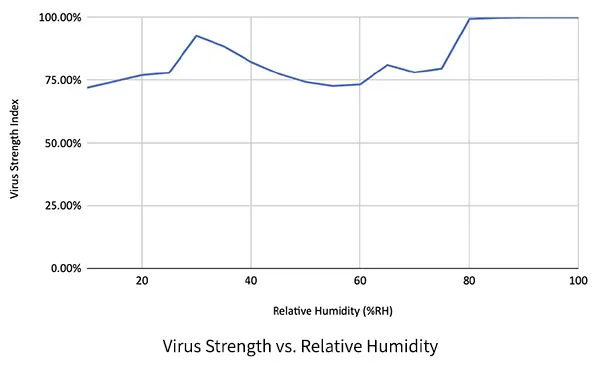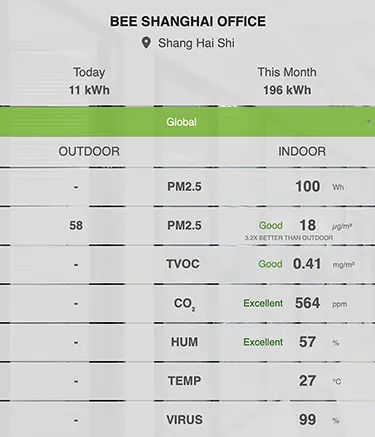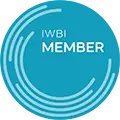The built environment, encompassing everything from residential and commercial buildings to public transportation and urban spaces, plays a crucial role in our daily lives. As cities become denser, the impact of these environments on our health and well-being becomes increasingly significant.
Ideally, a building and its surrounding environment should provide healthy conditions like low pollution, sufficient lighting and heating, safe drinking water, and ample fresh air supply; the latter being one of the most critical factors impacting human health and well-being.
With current technology, including real-time building performance monitoring, we have the opportunity to significantly enhance building health safety and indoor air quality standards post-COVID-19.
What is the RESET Viral Index?
The RESET Viral Index is a cutting-edge tool designed to quantify the potential for viral airborne transmission in indoor environments. It utilizes real-time data to help building operators manage and improve indoor air quality (IAQ) effectively.
RESET Viral Index assesses a building’s capacity to minimize the risk of airborne infections by analyzing critical IAQ parameters and consists of four parts:
- Virus survivability
- Immune system health
- PM2.5 health impact
- Potential viral dosage

Key Parameters Impacting the RESET Viral Index
Several IAQ factors are crucial in determining the potential for airborne infection within a building. These include:

- Particulate Matter (PM2.5 and PM10) Fine particles can linger in the air and penetrate deep into the lungs, increasing infection risks.
- Total Volatile Organic Compounds (TVOCs) High levels of TVOCs can indicate poor air quality and insufficient ventilation, which may contribute to an environment where viruses can remain viable for longer periods. By monitoring TVOCs, we provide effective indoor pollution control strategies.
- Temperature Plays a role in the survivability and transmission of viruses; certain temperatures can increase the risk.
- Relative Humidity Humidity levels between 40-60% are ideal. Levels outside this range can either support the survival of viruses or reduce immune system efficiency.
- Carbon Dioxide (CO2) High levels can indicate poor ventilation effectiveness and higher occupancy, correlating with increased potential for transmission.
By monitoring these parameters in real-time, the RESET Viral Index helps ensure that indoor environments are optimized to reduce the spread of infections, making it an essential tool for occupant health and safety in building management.

Through BEE Sense – our real-time, integrated building management platform that collects, organizes, and analyses a project’s performance data in real-time – we can support sustainable building practices by monitoring:
- Indoor Health and Wellbeing Risks via RESET’s Viral Index
- Indoor Environmental Quality (IEQ) Performance
- Energy, Water, and GHG Performance
- ESG-Related Parameters
BEE Sense integrates the best air quality monitoring tools with RESET Standards so we can work directly with building operators to determine their RESET Viral Index. The platform helps to ensure that indoor environments meet the highest health and safety standards in buildings and optimize environmental quality in buildings effectively.
THRESHOLDS IN BEE SENSE
Building operators can use their real-time IAQ monitoring data together with the RESET Viral Index to optimize their dynamic indoor environments. Working in partnership with our consultants, building operators can be confident their occupants have the most optimized indoor spaces.
| v1.1 Labels | v1.1 RVI |
|---|---|
| Excellent | 85% - 99% |
| Good | 70% - <85% |
| Fair | 55% - <70% |
| Needs Improvement | 40% - <55% |
| Unsatisfactory | 20% - <40% |
| Poor | 0% - <20% |






